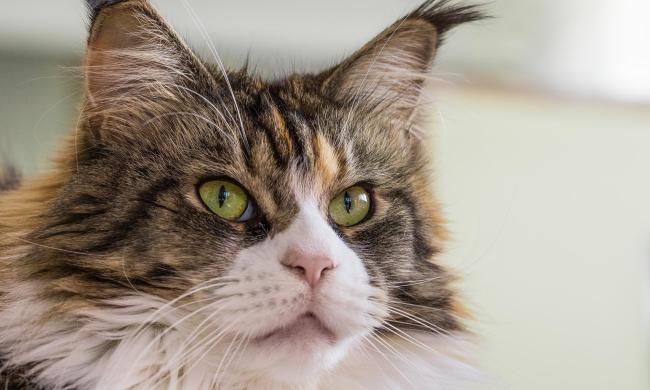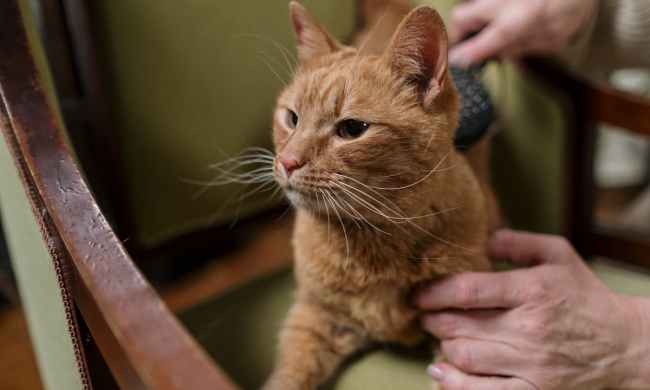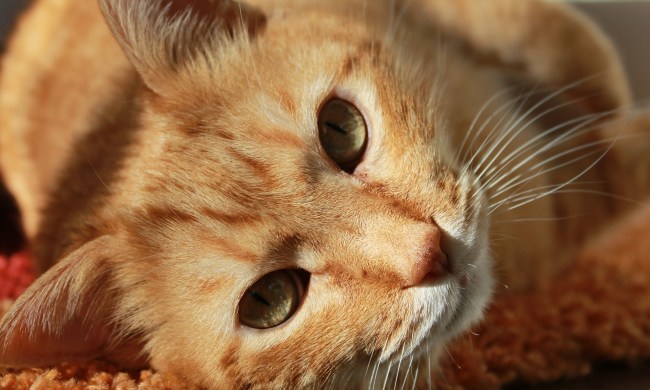How many kittens can a cat have? Let’s find out. Dr. Elsey’s informs us that kitten season occurs each year between April and October. While cats can give birth any time of the year, more kittens are born during kitten season than during any other time. The vast majority of kittens are born to stray and feral cats, but all unspayed cats — known as queens — are more likely to give birth during these months. Few things in the world are as adorable as kittens. Read on to learn more about them.
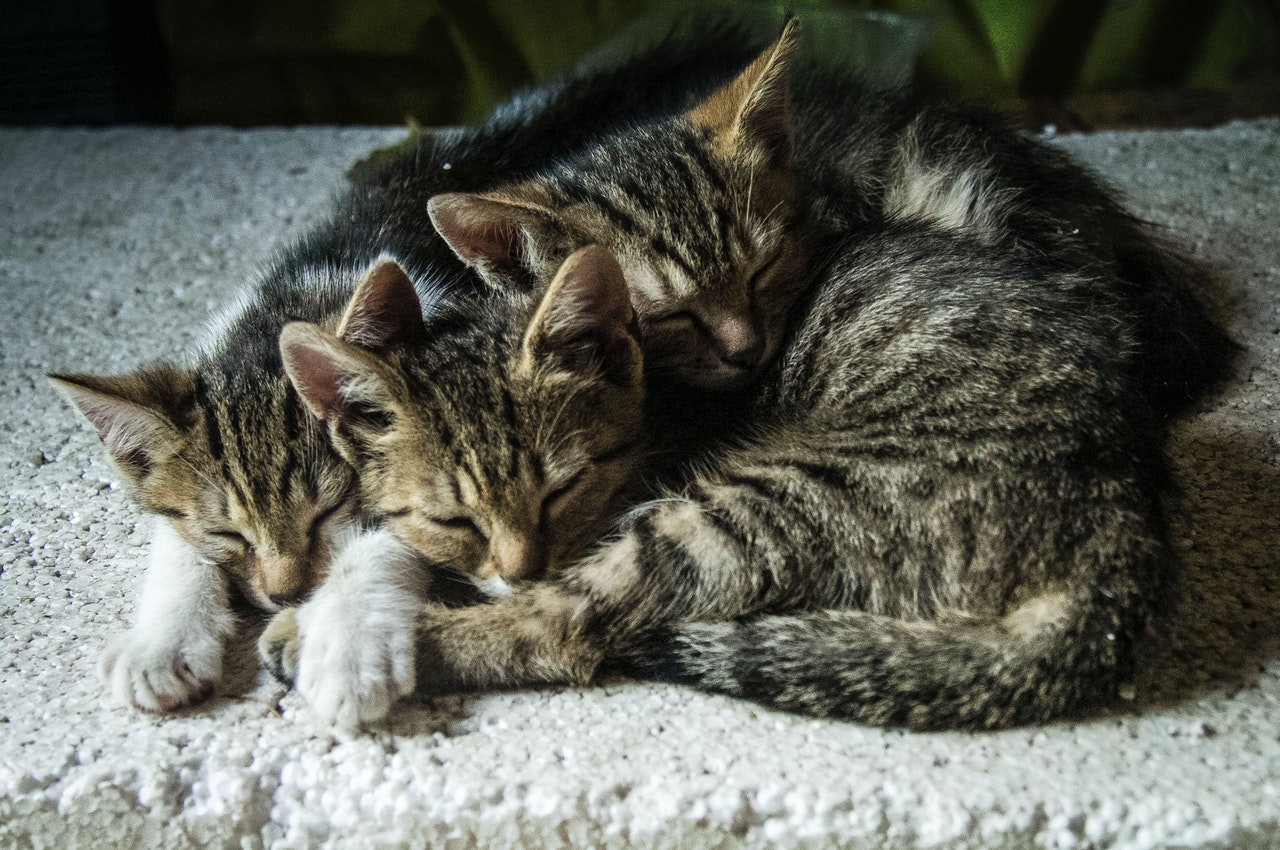
How many kittens are in a cat’s first litter?
A healthy cat’s gestational period lasts roughly 63–65 days, and queens may have an estrus cycle within four weeks of giving birth — even if they’re still nursing. A healthy queen can potentially give birth to three litters per year, each containing up to 12 kittens. Because cats are such fertile breeders, one single unspayed female can produce 20,000 descendants over just five years. Fortunately for pet parents, the average size of a single litter is much smaller. Most litters have between four and eight kittens, though the size of each litter may vary from one kitten to over 10 kittens per litter.
However, first-time litters are typically smaller, usually containing around two or three kittens. Litter size also depends on your cat’s pedigree. Some purebred cats, such as British shorthairs, have an average of four kittens per litter. On the other hand, Siamese cats and similar breeds, like Balinese and Tonkinese cats, may produce as many as 12 kittens per litter.
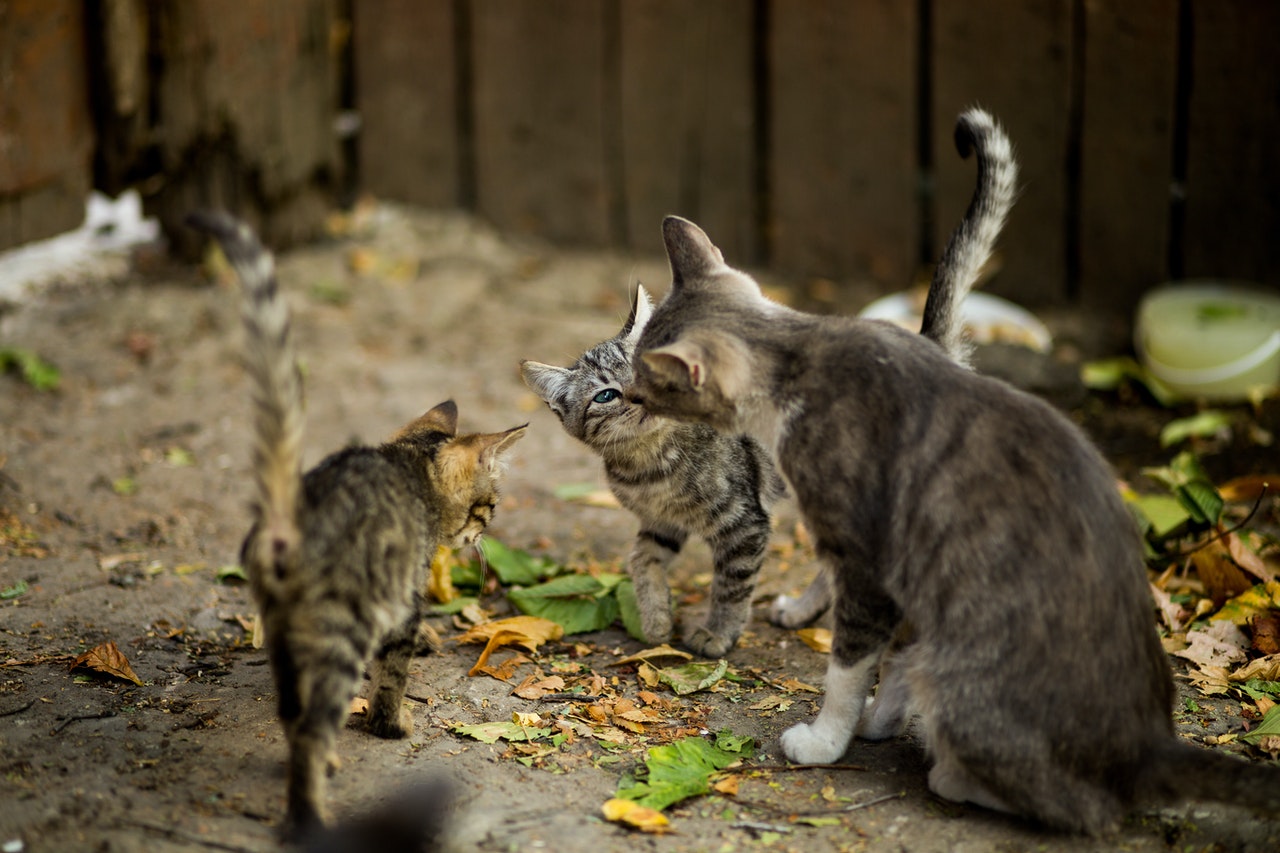
How many kittens can a 1-year-old cat have?
The average kitten reaches puberty between the ages of 5 and 9 months old, although some mature a little faster or a little slower. Once a kitten has reached sexual maturity, she’s able to give birth after she has her first estrus — also known as a reproductive or heat — cycle. Estrus first occurs when a kitten is roughly 6 months old. Cats are also seasonally polyestrous, meaning they have multiple estrus cycles during breeding season, which usually peak between February through March and May through June. Where you live can affect your cat’s heat cycle. Cats who live in warm, tropical climates may go into heat throughout the entire calendar year.
How can you tell how many kittens a cat is going to have?
Finding out that your cat is expecting kittens is an exciting time, and you’ll probably want to find out just how many tiny furballs you’ll be welcoming into your home. Unfortunately, taking an accurate headcount isn’t as easy as you might expect. A well-trained vet will be able to gently palpate your cat’s abdomen and guesstimate the number of kittens in her belly, but you won’t be able to know for certain until your cat’s pregnancy is almost over. While ultrasounds can confirm pregnancy, only an X-ray can give you an accurate number of how many grand-kittens you’re expecting. Kittens’ bones form and become visible on X-ray around the 54th day of your cat’s pregnancy. Up to that point, your vet will be able to give you only a rough estimate based on average litter size and whether this is your cat’s first pregnancy.
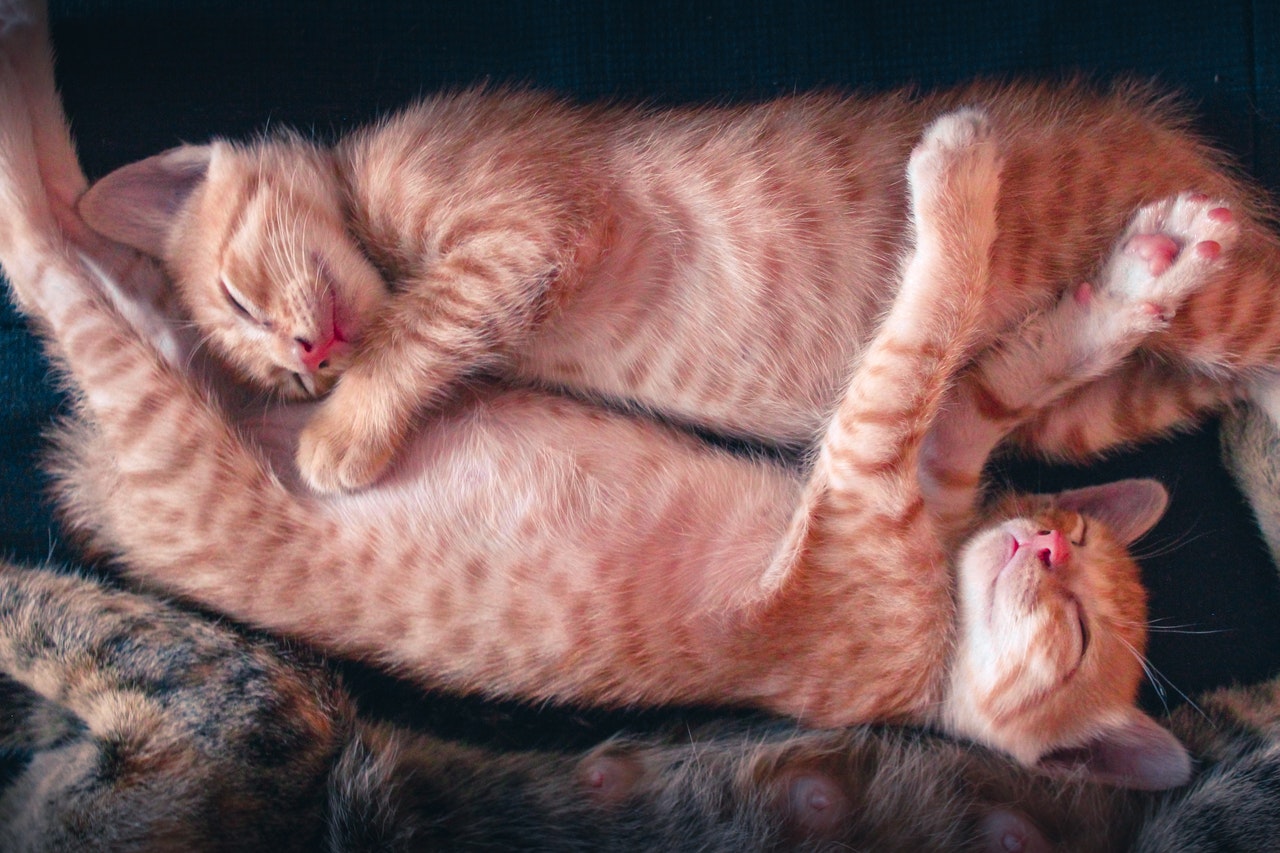
Why you should spay your cat after she gives birth
While some people consider it cruel to put cats under the knife, spaying your cat can help prevent behavioral problems and even health conditions like uterine infections and feline breast cancer. Even if your fur baby stays indoors, cats are escape artists, especially when they’re in heat. Cats may wander off in search of a partner, putting them at risk of crossing busy streets and running into predators. Additionally, there are always some risks involved when a cat becomes pregnant. Spaying your cat removes future labor-related risks, yet another way having her fixed can increase your fur baby’s life expectancy in the long run. Lastly, overcrowding in animal shelters is more problematic than ever. Every year, 3.2 million cats enter animal shelters in the United States alone. No matter how tempting the lure of kittens might be, doing your part to reduce overpopulation and overcrowding in shelters by spaying and neutering your pets helps save lives.

